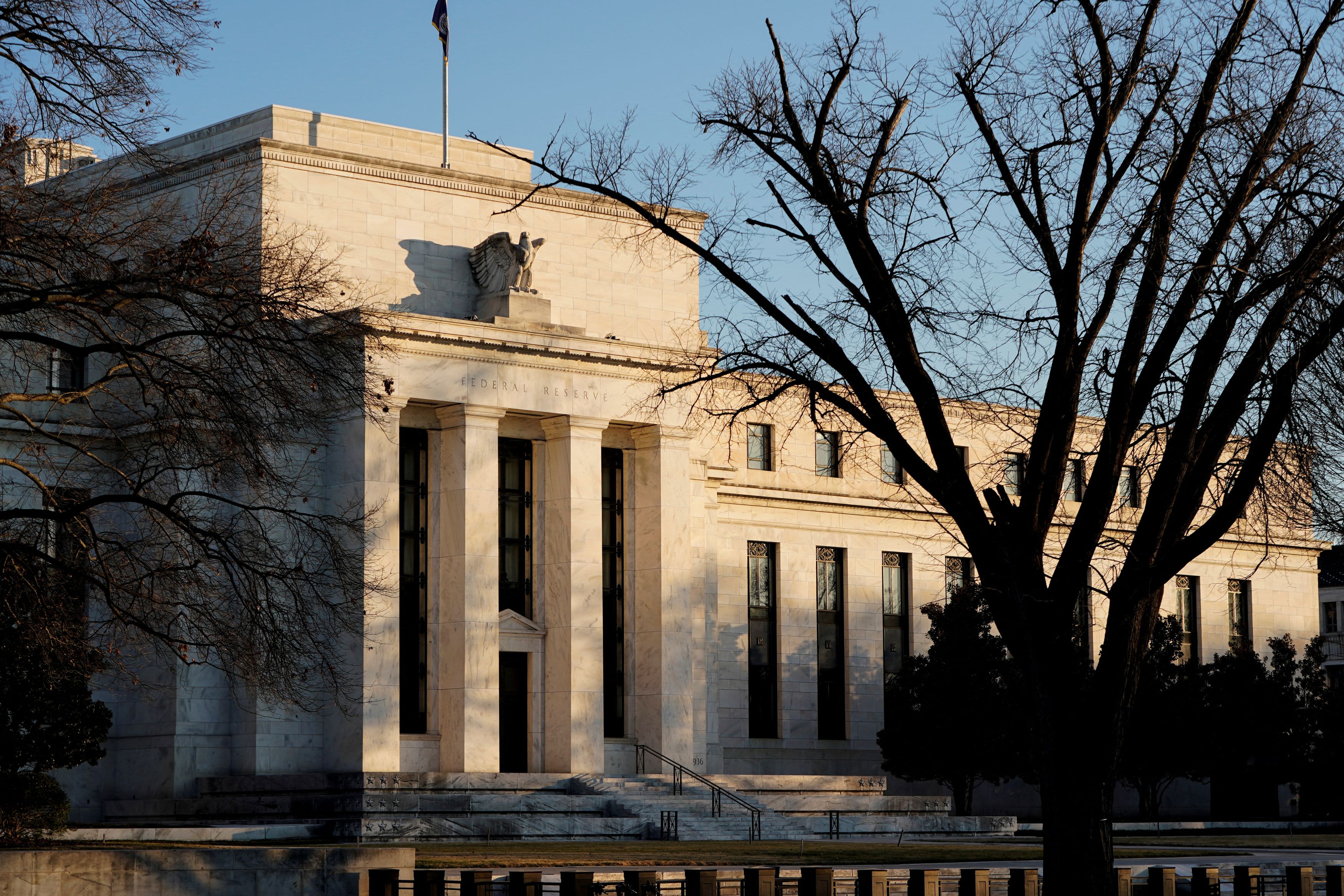The Federal Reserve is expected to start raising interest rates next month and not slow down until well into 2023, though the slope of the increases might be a bit gentler.
Events over the past week, including statements from multiple Fed officials and, to a lesser extent, geopolitical turmoil, have convinced markets that the first rate move will be just a quarter percentage point.
That change came after traders had been pricing a move double that size at the March 15-16 Federal Open Market Committee meeting. Central bankers have been dousing the idea of needing to go up 50 basis points at the meeting, with New York Fed President John Williams saying last week that the case was “no compelling argument” for the move.
Still, it hasn’t made investors any less nervous about what the path ahead will look like.
“I’m not so worried about whether they do 50 [basis] points out of the gate or not. But I also think they shouldn’t overdo it here,” said Jim Paulsen, chief investment strategist at the Leuthold Group. “You can do 25, and if you want to do another one soon, you can do it, rather than add additional disruption or uncertainty.”
Indeed, markets have been volatile in 2022 as inflation has run rampant and pushed the Fed into a position where it is essentially being forced to tighten policy. Consumer prices are up 7.5% over the past year, well ahead of the 2% level that the Fed considers healthy for inflation.
Markets have been playing a guessing game this year, trying to figure out just how far the Fed will go. Current expectations are a certainty for a March increase and a slightly better than 50% probability that the Fed will enact seven hikes this year, which would translate into a raise at each of its remaining meetings, according to CME Group data.
The Russia-Ukraine conflict has added another wrinkle for the Fed. Prices for some commodities such as energy and grains have surged higher as the prospect of a full-blown Russian invasion has intensified. Fed officials will have to weigh the merits of hiking rates to fight inflation against any potential economic slowdown the matter could cause.
However, Paulsen and others say they don’t think the situation factors much into Fed thinking, and most economists expect rate hikes to proceed as anticipated.
Late last week, for instance, JPMorgan Chase chief economist Bruce Kasman said he expects the Fed to hike at each of its next nine meetings.
‘Shock and awe’ dangers
Paulsen said he agrees the Fed should be raising rates but doing so deliberately.
“If you’re going to do shock and awe out of the gate, or let it hang out there that you might, it just adds more uncertainty,” he said. “It would be more helpful if the Fed said we’re going to get to this point, but we’re going to be measured.”
In remarks Monday, Fed Governor Michelle Bowman lent some credence to the idea when she hinted that a 50-basis-point hike in March is still on the table.
“I will be watching the data closely to judge the appropriate size of an increase at the March meeting,” Bowman said.
Citigroup economist Andrew Hollenhorst said “we would take seriously,” based on Bowman’s speech, that such a large first move is at the very least “dependent on the upcoming domestic data.”
One big data point comes Friday, when the Commerce Department releases its personal income and outlays report for January that will include the personal consumption expenditures price index, the Fed’s preferred inflation gauge. Policymakers will be focused on the so-called core PCE data, which excludes food and energy and is expected to show a 5.1% year-over-year increase including a 0.5% jump for the month.
If that estimate proves accurate, it will be the fastest one-year acceleration since September 1983.
Chicago Fed President Charles Evans said during an appearance in New York Friday that “the current stance of monetary policy is wrong-footed and needs substantial adjustment.” The words were notable from an FOMC member generally regarded as one of the most dovish, or in favor of loose policy and low interest rates.
“Clearly, it is another understatement to say that inflation has greatly exceeded the moderate persistent overshooting of 2% the Committee sought earlier and that a policy adjustment is in order,” Evans said. “But how big will it need to be?”
